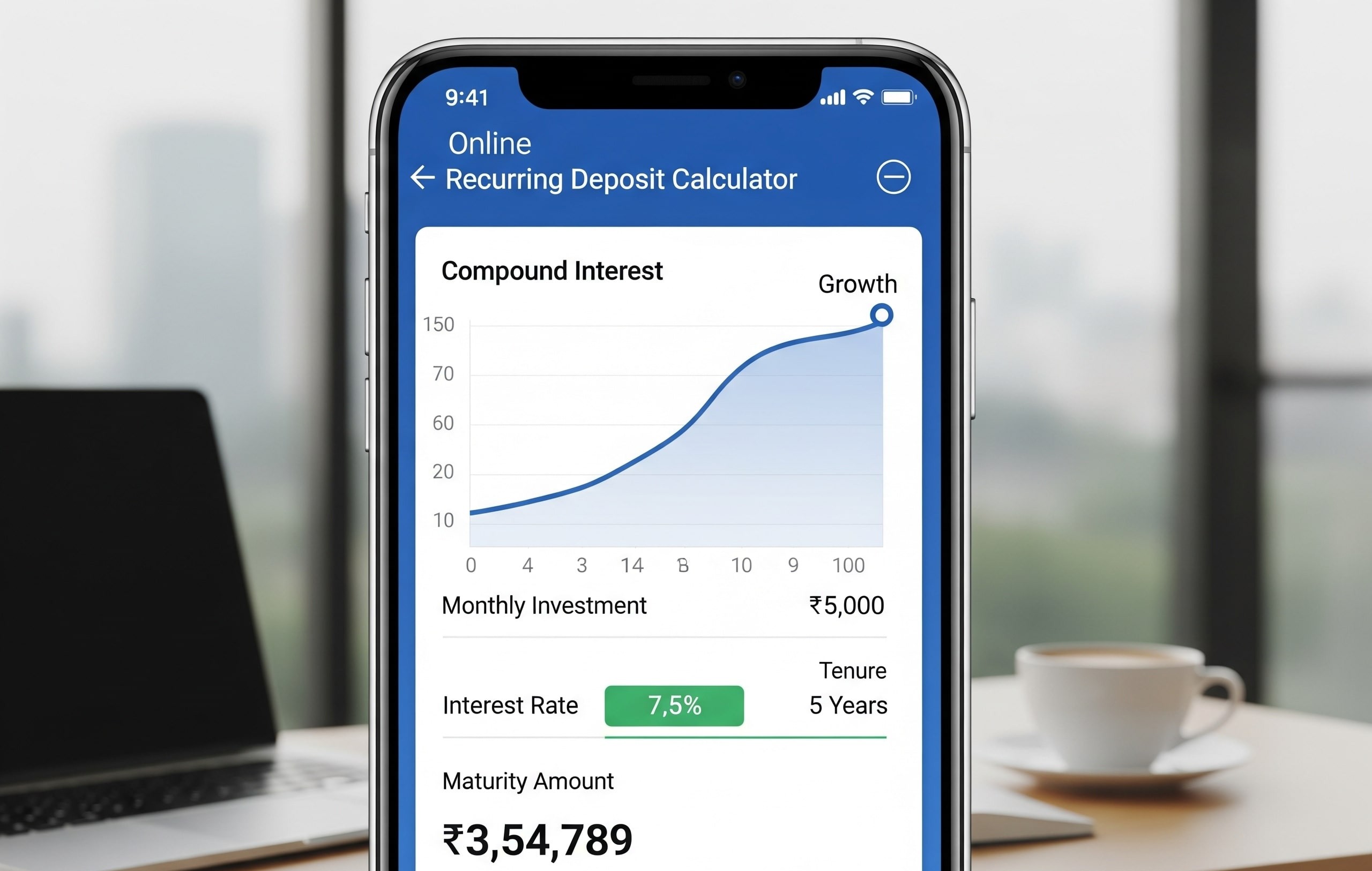
Started your mutual fund’s investment journey? Congratulations! Mutual funds [MFs] are the most preferred form of investment for investors, as they provide diversification and professional management. The mutual fund industry has had tremendous growth in India, where the size of the Assets Under Management (AUM) has reached ₹64.53 trillion as of 28th February 2025.
But investing is only just the beginning. It is important to track and review your Mutual Fund Portfolio regularly. It helps to ensure that your investments are aligned with your financial objectives. Let us now get to the best ways to track your mutual fund portfolio and review it effectively.
The Importance of Reviewing Mutual Fund Portfolio
Investing in mutual funds is a smart way to grow your wealth, and regular reviews ensure
- Stay in Control
Knowing how your investments are doing will help you feel good about your financial decisions. It allows you to see whether your portfolio aligns with your goals.
- Spot Weakness
When you identify underperforming funds, you can adjust accordingly and reduce potential losses.
- Manage Costs
Reviewing your expenses on existing funds helps you ensure you are not paying more than necessary.
Also Read: What is an Expense Ratio in Mutual Funds? | How to Compare Mutual Funds: Key Metrics to Consider
Effective Strategies to Track and Review Your Mutual Fund Portfolio
Follow these effective strategies to grow your mutual fund wealth.
- Use Online Tools
Technology advancements have made mutual fund tracking easier than ever. Even if all these investments are scattered across various Asset Management Companies (AMCs), online portfolio trackers provide a consolidated view of all your investments. These tools provide in-depth details on factors such as sector allocation, equity mix, hidden fees, and poor-performing funds.
They also facilitate comparisons with market benchmarks, enabling investors to track the performance of their portfolios. Most platforms will notify you about new NAV or dividend distribution updates. An online tracker streamlines everything so investments fit in with finances. It makes decision-making easier by giving you a full picture of your finances in one location.
- Refer to Monthly Mutual Funds Fact Sheet
AMCs share fact sheets on a monthly basis that provide valuable information regarding the fund’s performance and portfolio composition. These reports also provide information on asset allocation, key holdings, risk measures, and expense ratios. Reviewing them regularly does help investors decide if funds are doing what they’re supposed to do.
They also offer insights into any recent changes in the fund’s strategy or portfolio. If a MFs has underperformed for a long time, the fact sheet can point to potential reasons. Through these reports, investors can make informed decisions about holding, exiting, or reallocating funds based on their financial goals.
- Check Consolidated Account Statements (CSA)
A CSA provides a complete view of all mutual funds transactions across various fund houses. These statements are created by depositories such as CDSL and NSDL and provide a summary of your investments, redemptions, dividends, and other financial activities.
CSA allows investors to track holdings in one place. Additionally, it helps with tax planning and allows you to report capital gains correctly. CAS is available to investors through registered email IDs or can be downloaded from the CAMS website. This document simplifies portfolio management, allowing for a consolidated view of investment performance without the need for multiple statements.
- Consult and Investment Advisor
Expert guidance can be invaluable even though tech provides useful tools. They specialise in helping investors manage complex market conditions and provide investors with portfolio optimisation. They evaluate existing holdings, pinpoint gaps, and offer diversification strategies. Advisors also have an idea about the economic trends that will lead to the expected performance of the mutual funds.
Scheduled portfolio reviews with a professional help keep investments in line with evolving financial goals and risk tolerance. They also assist in rebalancing portfolios that reflect changing personal situations, whether it be income or retirement planning. Having a trusted partner means better investment choices and, ultimately, a better financial future.
- Monitor Through AMC Websites and Mobile Apps
Most of the AMCs provide separate websites and mobile apps for tracking mutual fund investments. Users can log in to see updates on NAV, historical returns, and portfolio composition. These platforms cut out the middleman and allow direct access to official fund information.
While AMC-specific platforms would be convenient, if investments are made across multiple fund houses, they may not provide a consolidated view. However, they also remain useful as a way to keep up with individual fund performance and relevant fund news. AMC platforms provide these opportunities on a regular basis so that investors are always aware of portfolio changes, expense ratios, fund management strategies, and so on.
Also Read: How to Invest in Mutual Funds Online in India | What Are Hybrid Mutual Funds?
Tips for Effective Portfolio Review
You need the right tool to review your portfolio. Below are some tips on how to do it.
- Compare Performance with Benchmarkers
Checking whether the fund outperforms market indices helps to determine if they are delivering expected returns. If a fund outperforms continuously, it needs reassessment.
- Analyse Risk Exposure
Understanding sector allocation and volatility is crucial. Many AMCs and portfolio trackers provide tools that help investors see concentration in specific sectors, ensuring diversification.
- Measure Returns
Compound Annual Growth Rate calculators help investors assess long-term fund growth. This tool provides a realistic measure of how investments are compounding over time and helps in decision-making for future investments or reallocations.
Summing Up
Once you have reviewed your Mutual Fund Portfolio, incorporate what you have learned from the review for improvements and make sure it is in line with your risk tolerance. Regular review and rebalancing help you maximise returns, manage risk effectively, and keep your investment aligned with your financial objective.
FAQs
1. Do mutual funds have a portfolio manager?
Yes, portfolio managers manage MFs using active or passive strategies. They aim to generate strong returns for investors while ensuring profitability for their firm.
2. How can I assess the performance of my portfolio?
Compare your returns to market benchmarks. If your portfolio outperforms the overall market or declines less during downturns, it indicates strong performance.
3. How do you track lost mutual fund investments?
Contact the fund house or registrar for assistance. Online platforms and databases also help investors locate and reclaim unclaimed MF investments.
4. What should I do if my mutual fund portfolio underperforms?
Evaluate the fund’s long-term performance, compare it to benchmarks, and check market conditions. If it consistently underperforms, consider switching to a better-performing option.
Hello there, my name is Phulutu, and I am the Head Content Developer at Nivesh Karlo. I have 13 years of experience working in fintech companies. I have worked as a freelance writer. I love writing about personal finance, investments, mutual funds, and stocks. All the articles I write are based on thorough research and analysis. However, it is highly recommended to note that neither Nivesh Karlo nor I recommend any investment without proper research, and to read all the documents carefully.






Leave a Reply